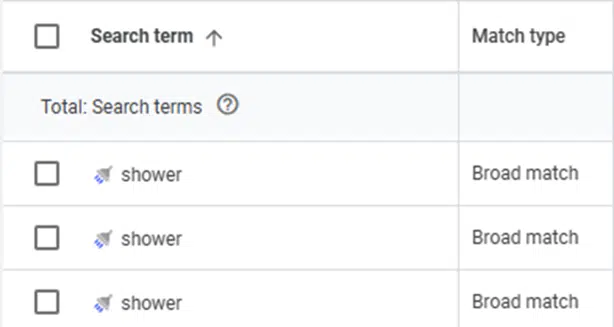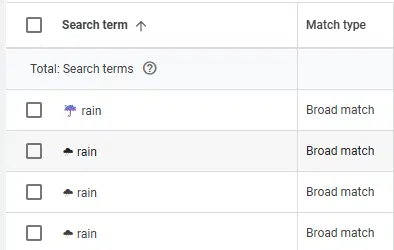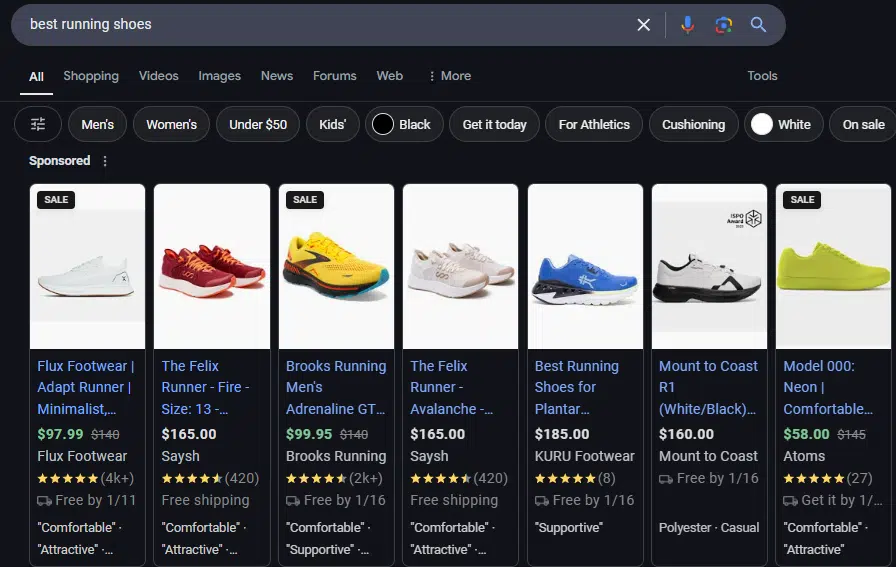Google Ads for SMBs: How to maximize paid search success
Are big-brand PPC strategies wasting your SMB’s ad budget? Learn techniques to boost ROI for small business advertising.
Small and mid-sized businesses (SMBs) face unique challenges when it comes to PPC advertising.
Unlike big brands with massive budgets, SMBs need strategies that make every dollar count.
Here’s how to optimize Google Ads campaigns to deliver real results for small businesses.
Why SMBs need a different approach to paid search success
SMBs are the backbone of the economy and a core part of Google’s advertising ecosystem.
Yet, when it comes to Google Ads, most attention is focused on the biggest advertisers.
While companies spending $300,000 or more monthly dominate the conversation, SMBs – local plumbers, small clothing startups, family-owned auto shops, and Shopify artisans – need strategies that make every dollar count.
Unfortunately, they often receive advice from paid search veterans who built their expertise managing massive accounts or from Google teams focused on big brand needs.
What works for a national retailer like PetSmart rarely applies to local businesses like Matt’s Pet Supplies.
Worse, SMBs are often managed by junior PPC specialists juggling numerous accounts due to the lower fees small businesses can afford.
This lack of tailored guidance and limited time per client makes it even harder for SMBs to compete effectively in paid search.
Dig deeper: How to make PPC work for SMBs
Effective strategies that work for SMBs
To maximize the value of every dollar invested in Google Ads, SMBs require a distinct set of best practices tailored to their unique challenges.
Unlike larger, high-volume accounts often featured in case studies, SMB accounts with fewer clicks and conversions demand a more customized approach.
Here’s a breakdown of common recommendations versus proven strategies that work best for small businesses in both lead generation and ecommerce.
Lead generation for SMBs
Most lead generation advice designed for large accounts goes like this:
- Build a branded search campaign and set it to tCPA.
- Build several generic search campaigns with themed ad groups using broad match segmented by offering and/or service locations, and set them to tCPA.
- Add a Performance Max campaign with assets.
- Implement offline conversion tracking (OCT).
This structure casts a wide net across queries and ad formats and relies on Google’s machine learning-based bid algorithms to narrow the targeting down over time.
The problem for SMBs is they have neither the time nor the ad budget to burn through a broad match campaign that may return results – even if they install showers.

Small businesses typically don’t have the capital to teach broad match what is and isn’t relevant.
It’s the same with Performance Max.

Below are some realistic lead gen recommendations for SMBs.
Build a branded search campaign on manual bidding
Build a branded search campaign on manual bidding.
I’ve often seen searches like “brand name + phone number” charged at 10 times the normal rate.
Why?
Google’s algorithms bid up these searches due to their high likelihood of conversion to meet CPA targets. However, this spend is wasted as it isn’t incremental.
Worse, it can result in inflated costs when someone calls to cancel a service, as Google continues to bid up these terms.

Build a generic search campaign with a few key SKAGs focusing on exact match, set it to tCPA with a CPC cap
Create one generic search campaign with a few key SKAGs focusing on exact match keywords.
Avoid broad match to keep search terms, landing pages, and ads maximally relevant.
While this approach reduces volume, it results in higher quality scores, making ad dollars stretch further.
Set the campaign to tCPA bidding with a CPC cap to prevent overspending on irrelevant traffic (and to avoid situations like the one below).

Build a DSA targeting all webpages and set a very conservative tCPA cap
This setup ensures the DSA only picks up highly efficient volume that might otherwise be missed by a generic search campaign.
Note: Performance Max and OCT are excellent ad products for larger accounts with high conversion volumes.
However, SMBs without at least 30 conversions at the campaign level often don’t perform as well as traditional campaigns using form fills and phone calls.
I encourage testing these tools. If they work, great!
However, in most cases, a more human-centered approach will stretch small budgets further.
Dig deeper: Paid search for lead gen: Tips for new accounts with limited budgets
Ecommerce for SMBs
Typical ecommerce advice for large-scale accounts often includes:
- Building a branded campaign set to tROAS.
- Creating multiple PMax campaigns segmented by top performers and the rest of the catalog.
- Relying on Google’s AI to manage and optimize performance.
While this advice may work for larger accounts with diverse product types, profit margins, and higher budgets, it falls short for SMBs.
Performance Max’s bid algorithm must learn across the entire product catalog and all Google ad inventory, which is challenging for smaller businesses with limited budgets.
Instead of functioning primarily as a shopping campaign, PMax often ends up filling budget gaps, reducing its efficiency for SMBs.
So, what do I recommend?
My advice aligns with the approach I suggested for lead generation: focus on the core of your product offering and avoid over-relying on automation.
Build a branded search campaign on manual bidding
Use manual bidding or a CPC cap for branded campaigns.
Without this control, Google may overbid on terms like “brand name + coupon,” driving costs unnecessarily high.

Even though five dollars might not seem like a lot, when it amounts to 10 times the campaign’s average.
Small adjustments like using a CPC cap help control costs without sacrificing volume.
Build one generic search campaign with a few SKAGs focusing on exact match, set it to a conservative tROAS with a CPC cap
Like lead gen, this setup reduces irrelevant, high-CPC broad match traffic, often arising from automated systems lacking sufficient signal volume.

In the example above, the ecommerce firm doesn’t sell rain-related or similar products.
Build one feed-only PMax campaign targeting the entire catalog or standard shopping with tROAS and a dynamic remarketing campaign
Focus on shopping investment through either feed-only PMax or standard shopping combined with tROAS and a remarketing campaign.
If tROAS targets are the same, use a single campaign to aggregate data, which will allow the algorithm to learn more effectively.
Avoid spending time trying to “learn” how to leverage PMax’s expanded inventory, as shopping is the core driver of its performance – unless it’s absorbing all your branded search volume.
Shopping delivers high ROI since clicks are prequalified by both the product image and price.
For example, in a search like “best running shoes,” you are likely to click only on listings whose style and price match your preferences.

Dig deeper: Lead gen vs. ecommerce: How to tailor your PPC strategies for success
Human touch excels for SMBs
To maximize PPC investment, SMBs are often more successful when prioritizing a human touch.
Limited data volume can restrict the benefits of machine learning, and small budgets can’t absorb costly mistakes an algorithm might make without context.
If your ad spend is $3,000 per month, avoid managing them like those with $300,000 monthly budgets.
Focus on what works, even if it means deviating from widely accepted industry best practices.
Contributing authors are invited to create content for Search Engine Land and are chosen for their expertise and contribution to the search community. Our contributors work under the oversight of the editorial staff and contributions are checked for quality and relevance to our readers. The opinions they express are their own.
Related stories
New on Search Engine Land